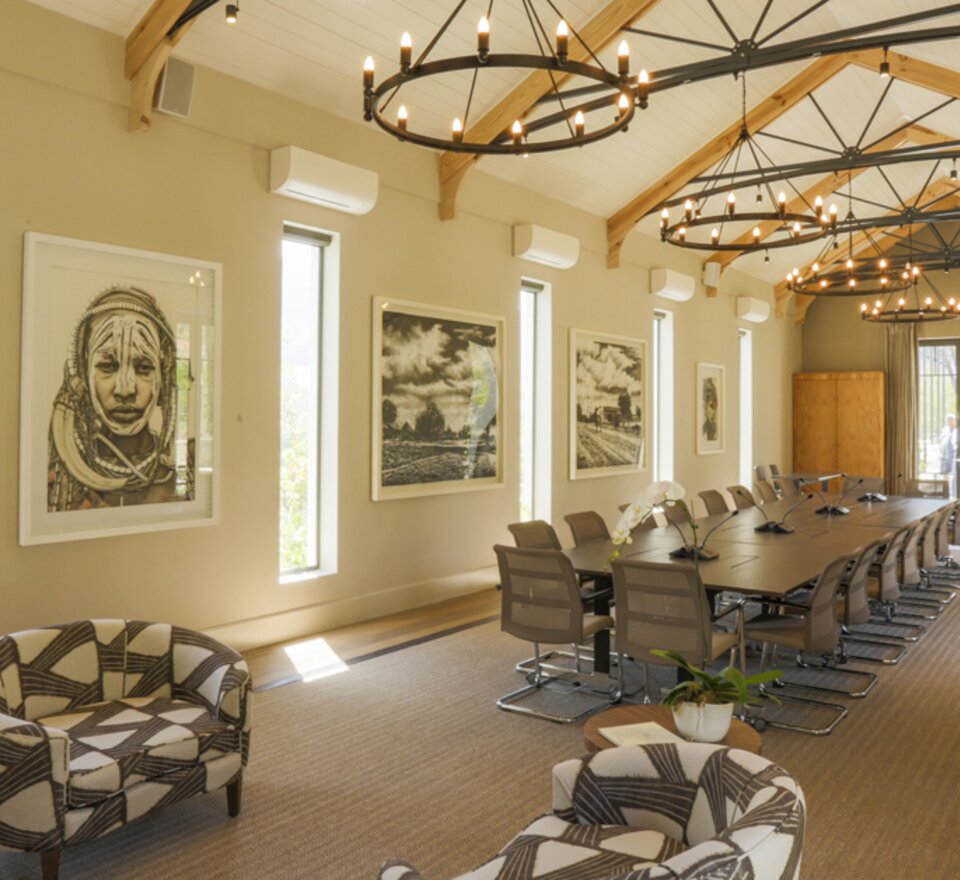What do you think of when you read the keyword art? Earlier eras in history? Great painters like Picasso and Leonardo da Vinci? Or art galleries you have visited? Only a very few people also think of their own office, although Andy Warhol and Co. have long since found their place over the office desks of this world.
However, it’s not enough to simply hang Dürer’s “Young Hare” in the office and hope that this will be sufficient to improve the working atmosphere. Regardless of whether it is in the form of pictures, photographs or sculptures, art has to fit into its surroundings. Some works of art are better suited to the silent room than to the working café. What is important is not only the architecture but also the lighting conditions: strategically deployed, art can enhance dark alcoves and give bare white surfaces an attractive structure. Unused corners are turned into small exhibitions. A sterile, unwelcoming corridor becomes a photo gallery.
Is art a matter for the boss(’s office)?
The work environment is equally important for the use of art in the office. There’s little sense in placing a bulky, delicate vase in a cramped office or exhibiting distracting photos in a conference room.
Art is not just a matter for the boss’s office, but should be seen as a stylistic element of workplace design for personnel in general. Staff can concentrate better in an environment with a harmonious colour scheme. What’s more, carefully selected art works give expression to an appreciation of staff members. If the company exchanges the art works at regular intervals and gives staff the opportunity to have their say, this stimulates conversation –regardless of whether works are liked or not, as it is common knowledge that tastes vary.
Some companies even go a step further and encourage staff to get together to create their own work of art. Quite apart from the creative aspect, this also fulfils a team building function. After completion, the project enriches the workplace and is a reminder of light-hearted hours spent together as a team.
Art should suit the architecture.
It is beyond dispute that art elicits a response in us. It can touch us at an emotional level. Colour compositions also play an important role, even influencing our performance. Our subconscious is responsible for this as it associates colours and colour combinations with situations and experiences. For instance, sterile white may remind us of a hospital and impart an uneasy feeling. But if we add a vivid sky blue, it has a calming effect on us.
Art can take place anywhere. You just have to find the right style for your premises and your staff. The art should suit the architecture and the company; anything else will seem “artificial”. The human eye recognises immediately if something is out of place. Otherwise art knows no limits – the same applies to your own creativity.

